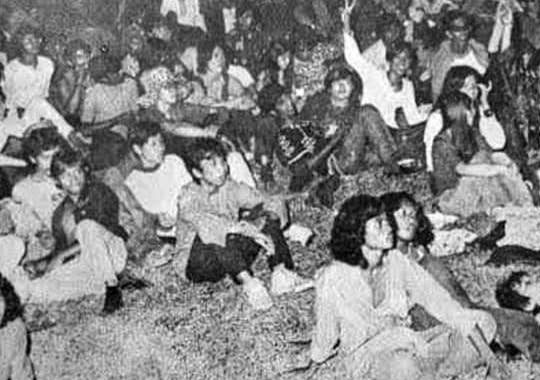Anak Jalanan Chow Kit: True Stories from Children Living Off The Streets
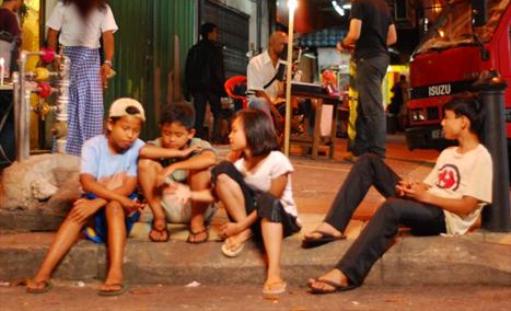 Thirsty for JUICE content? Quench your cravings on our Instagram, TikTok and WhatsApp
Thirsty for JUICE content? Quench your cravings on our Instagram, TikTok and WhatsApp

As fireworks paint the night sky with shades of red, blue, yellow and white, colours of our nation, we sit around and watch as the beauty unfolds. Signalling another celebration, our hearts are at ease knowing we have houses to visit, food to devour and garish baju raya to wear.
Hours later, dawn creeps in accompanied by the takbir raya that slowly wipes away the tiredness in our eyes to replace it with a sense of contentment, a reverent peace in knowing we have lived another year to celebrate with our loved ones.
However, this comfort may be familiar to you–to the point where we are all guilty of taking it for granted–but to many, comfort is a luxury that they cannot afford.
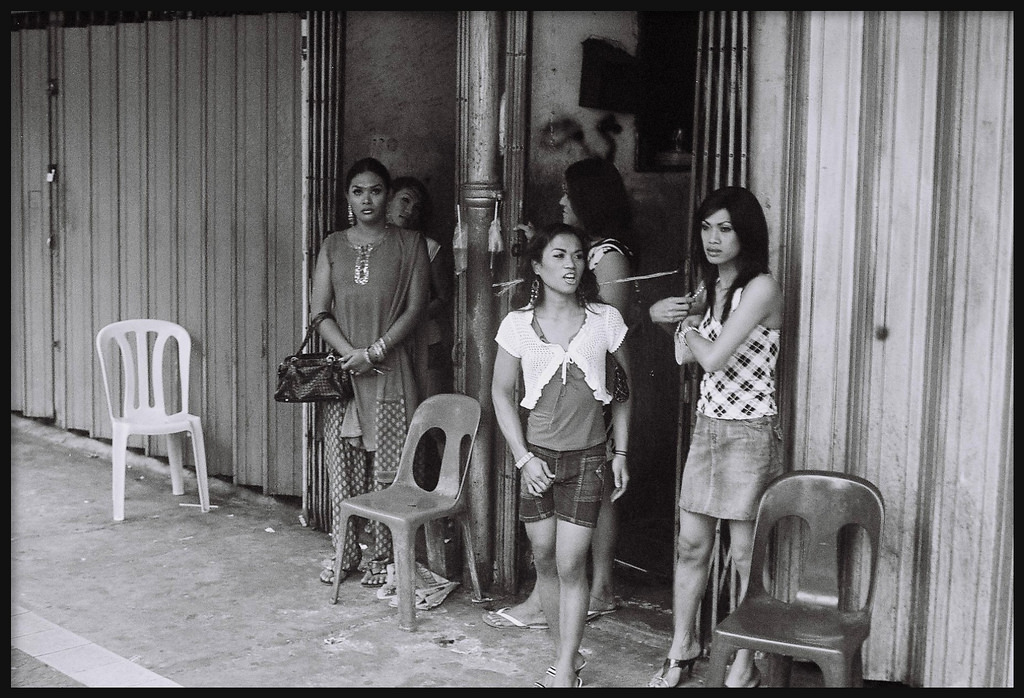
When someone mentions Chow Kit in a sentence, it is usually followed-up with a tale of grime, darkness and woe. The speaker sounds as if they are detailing bits of a morbid novel that you are never going to read.
The usual response to a story like this is the apathetic “Oh, that sounds terrible,” or “Man, I wish the world was a better place,” but nobody really gets off their ass to do anything about it.
And we should.
Because Chow Kit is not a reimagining of a film-noir. Chow Kit is real. And the stories you hear are often true, despite your inability to fathom it.
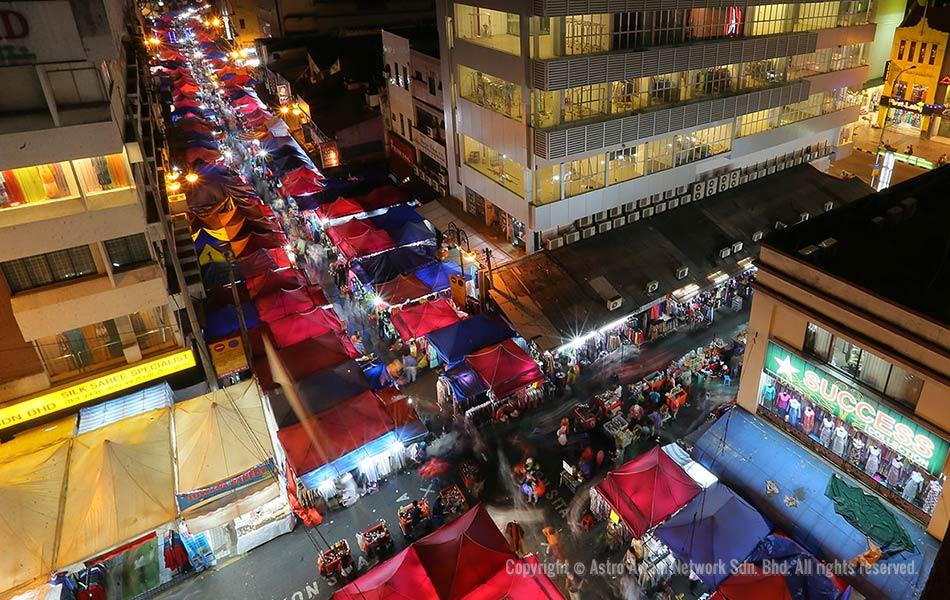
During the last days of Ramadhan, most children across Malaysia are equipped with their designated baju raya of the year. Whatever colour it may be, it’s almost a prerequisite that all family members must don the same shade, down to the undertone.
For Solehah, a 12-year old girl from Chow Kit, owning baju raya at all is a cause for celebration. Of Myanmar descent, Solehah lives on the streets of Chow Kit and when asked by R.AGE interviewers, she named Jalan Tuanku Abdul Rahman, colloquially known as Jalan TAR, as her favourite place to be.

Before Raya arrives, Solehah and her family scour Jalan TAR and push amongst the sea of avid shoppers to find tudung and baju raya. Solehah’s eyes always catch the glimmer of new toys but she never speaks of it, for she knows her younger siblings would want their own toys and her mother simply cannot afford to buy them for her as well.
In an interview with R.AGE, she recounts the time when, by some miraculous stroke of fate, a small shop tucked between vendors at Jalan TAR sold baju raya that was the same colour and pattern but in differing sizes. Ecstatic, her family bought the same baju raya for everyone.
Solehah could never forget that memory because for once, they looked like a real family.
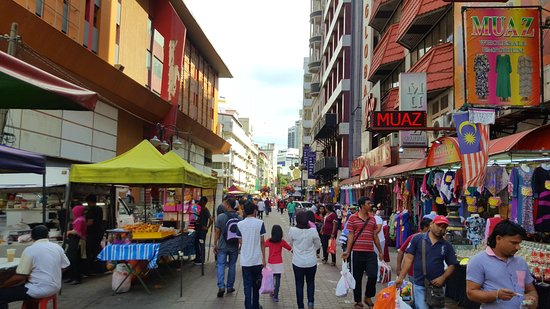
It is incredibly easy to read or watch stories like these and feel a sharp pang of sadness in your heart before shrugging it off and moving on with your day. However, it is a tad more challenging to remind yourself that for children like Solehah, these stories, these struggles are their day-to-day routine.
Brilliantly depicted through vignettes and snapshots of the city, R.AGE’s mini-documentary series Children of Chow Kit serves a wide range of palpable emotions through concise interviews. Their stories, spliced beautifully with striking visuals, provide the audience with a sense of realism that hits you like a splash of ice-cold water to the face.
This mini-documentary series is available on Youtube and is in support of Yayasan Chow Kit.
Yayasan Chow Kit (YCK) is a 24-hour crisis and drop-in centre that provides meals, activities, therapy, case management and education programmes for at-risk children of Chow Kit. Their mission is to provide a safe haven for these children as well as to enforce positivity and cultivate holistic opportunities so they can reach their full potential.

Currently, there are 165 children under YCK.
Dr Hartini Zainudin, founder of YCK, states that Malaysians have a skewed perception of Chow Kit. Most still view this sub-district as a bleak warzone when really, after gentrification, it is cleaned up, brighter and has a lot more space for improvement and growth.
These children living with YCK are cute and brimming with promise. Despite that, society often turns a blind eye because most of these kids are HIV positive which subjects them to discrimination and stigmatisation.
However, with greater exposure and education regarding this situation, these children will no longer be seen as a product of sin or tragic circumstances, but as human beings capable of great things.
It is possible to shift the mindset and attitude of Malaysian society into a more accepting and positive perspective.

The only way this can be achieved is if YCK is able to collect sufficient funds to align with their vision of protecting the children of Chow Kit and giving them a chance at life.
In dire times, Dr Hartini mentions how they must come up with different and creative ways to ask the children to participate in low-cost programmes that can help garner funds.
As such a noble organisation, its baffling how they must compete for funds and subject themselves to marketing and branding tactics.
Currently, YCK is forced to say no to taking children in because of their lack of temporary shelter and services. A devastating choice to have to make but within this economical climate, it is a necessary decision.

Nevertheless, perseverance is the name of the game and the YCK staff make absolutely sure that their hardships are not detected by the children. Blissfully oblivious, the children play on and continue their activities despite the organisation slowly crumbling around them.
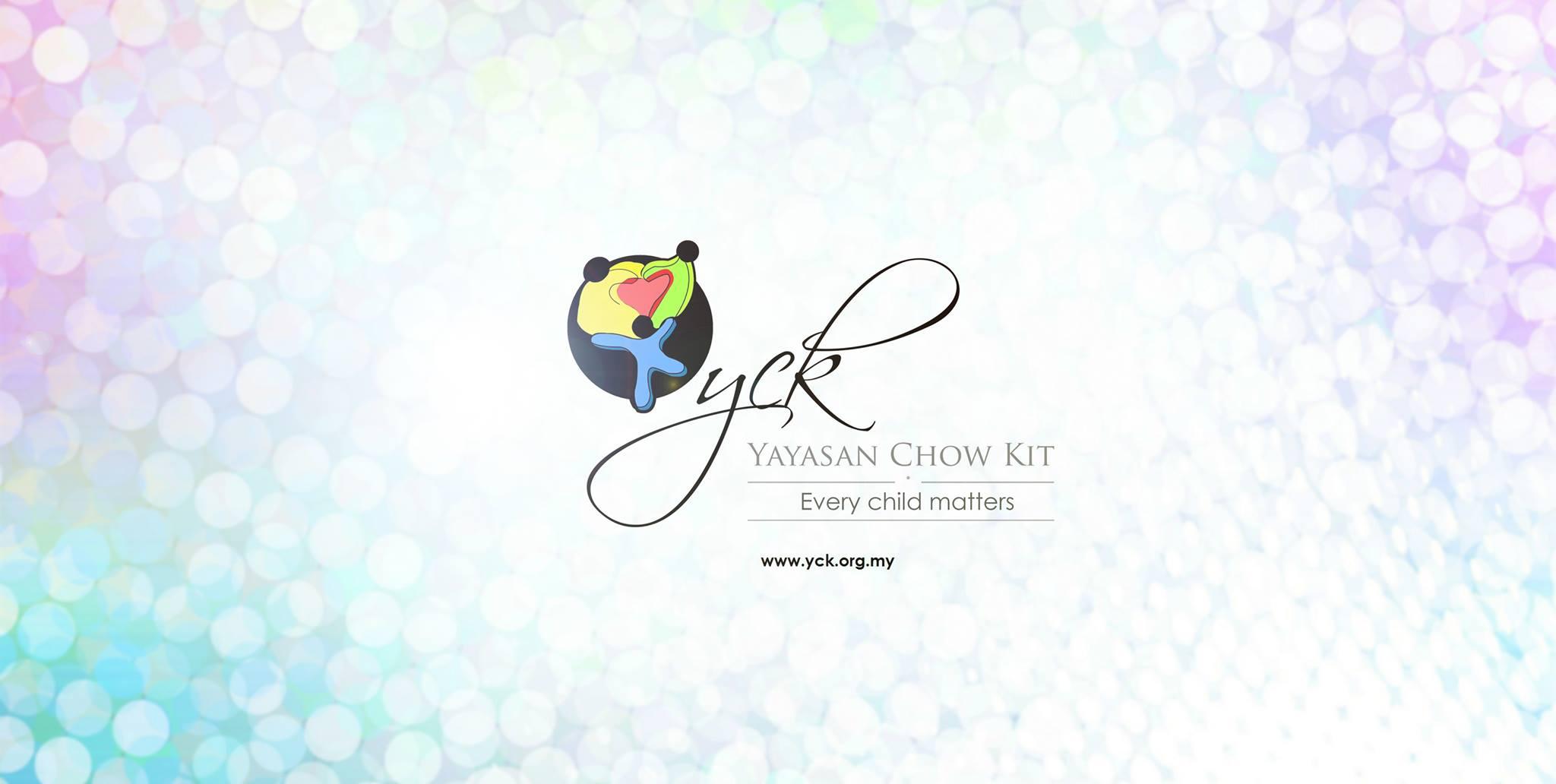
Yayasan Chow Kit has been there for the children of Chow Kit since the year 2006. Now, it is our time to be there for them.
For a full description of their work and services, click here. To donate to Yayasan Chow Kit, click here.
To watch R.AGE’s mini-documentary series, click here.


 Get Audio+
Get Audio+ Hot FM
Hot FM Kool 101
Kool 101 Eight FM
Eight FM Fly FM
Fly FM Molek FM
Molek FM